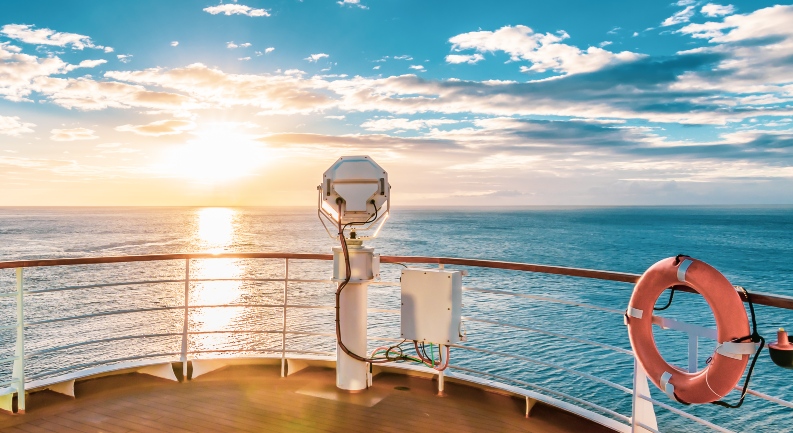The cruise industry is under increasing pressure to adopt sustainable practices.
A key question arises: can older ships be effectively upcycled to meet these demands without the need for new constructions?
In recent years, the cruise industry has been criticised for its environmental impact. The notion of ‘green cruising’ has often been viewed as contradictory, with critics highlighting the industry’s history of pollution and resource consumption.
Studies, such as those by Friends of the Earth, have advocated for more sustainable practices. However, some argue that the construction of new ships contradicts these goals by using massive amounts of steel and resources, which in turn harms the environment.
Renovating existing ships to comply with emission regulations offers a potential solution. This approach could extend the life of ships while reducing the need for new raw materials.
Once seen as undesirable, upcycling in the cruise industry is gaining traction. Companies like Ambassador Cruise Line have pioneered this approach, recognising the financial and environmental benefits.
By renovating older ships, cruise lines can avoid the substantial costs and environmental impacts of new builds. As Nick Hughes from Ambassador Cruise Line states, ‘We are happy to reduce, reuse and recycle excellent existing ships.’
Repurposing older ships raises questions about pollution. Can these ships meet modern environmental standards?
Nick Hughes asserts that Ambassador’s ships maintain a carbon intensity rating in line with current regulations, proving that older ships can achieve modern sustainability benchmarks.
Technologies such as advanced water treatment and energy-saving retrofits, used by major brands like Celebrity Cruises and Royal Caribbean, demonstrate that older ships can be environmentally efficient.
A significant challenge for upcycled ships is adhering to evolving regulations. As emission standards tighten, the ability to retrofit engines and systems becomes crucial.
Cruise lines must navigate these changes strategically, balancing the costs of retrofitting with the benefits of sustainability.
While some argue that older ships will eventually become unviable, current technology allows for significant updates that can keep these vessels operational and compliant.
The financial implications of upcycling versus new builds are pivotal. Renovating existing ships tends to be more cost-effective than constructing new ones.
Not only does it save money, but it also shortens the timeline for deploying revamped ships, as seen with Ambassador’s Ambition, which took significantly less time than a new build.
As the cruise industry evolves, upcycling appears to be a viable interim solution. It offers environmental and economic benefits.
However, ongoing investment in new technologies will be essential to meet future regulations.
Upcycling must be seen not as a permanent fix but as part of a broader strategy towards sustainability.
The cruise industry faces an intricate balance between sustainability and economic pressures.
While upcycling offers a promising pathway, the future will require innovative solutions and cooperation across the sector.
Ultimately, the journey towards a sustainable cruise industry is complex, requiring collaborative efforts.
The balance between new technologies and the renovation of existing ships will shape the industry’s future.

